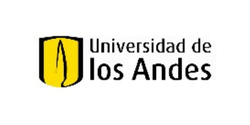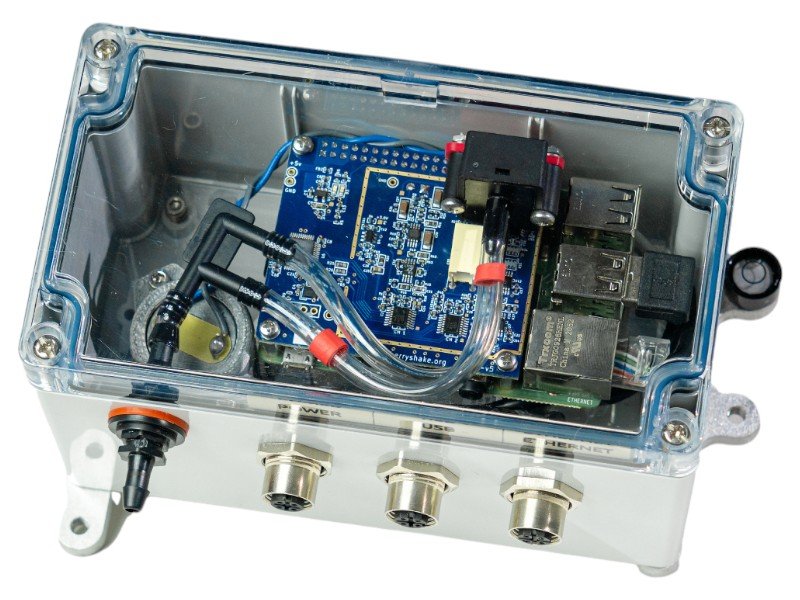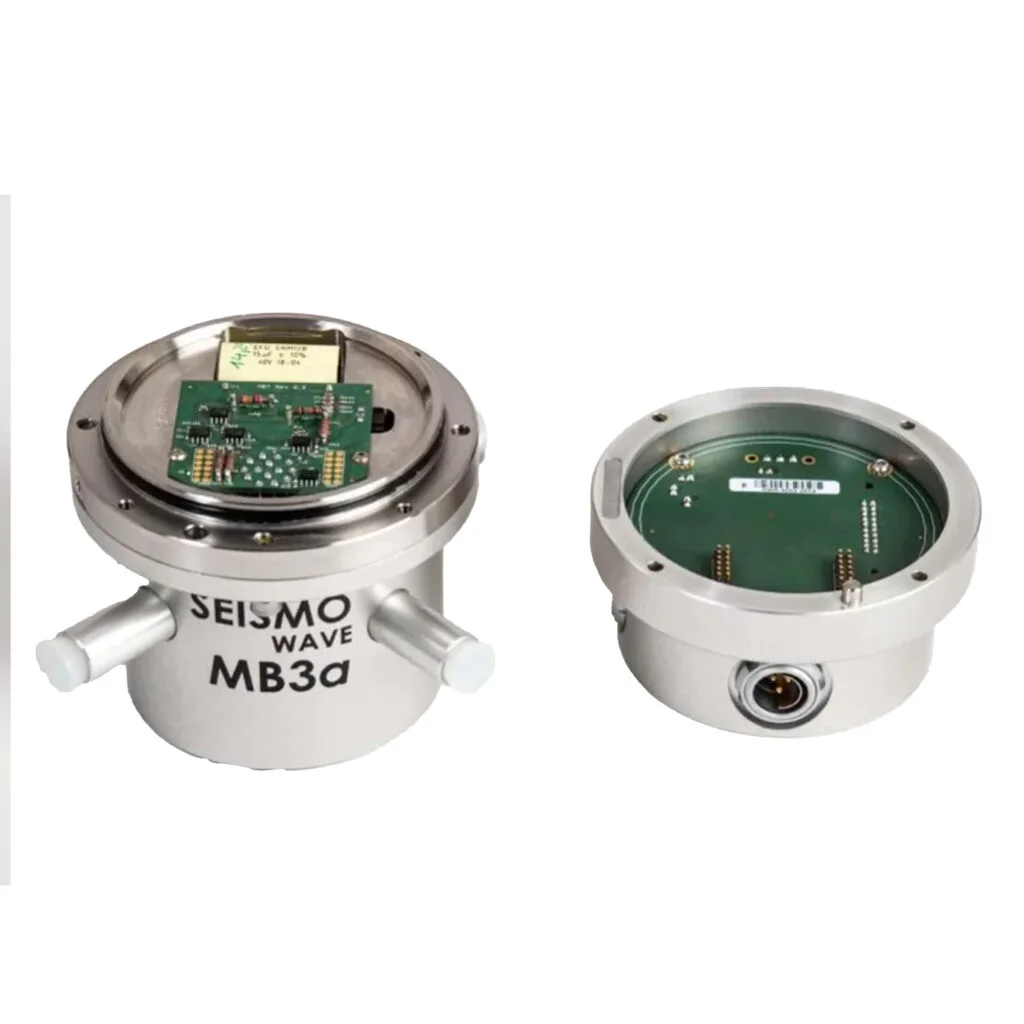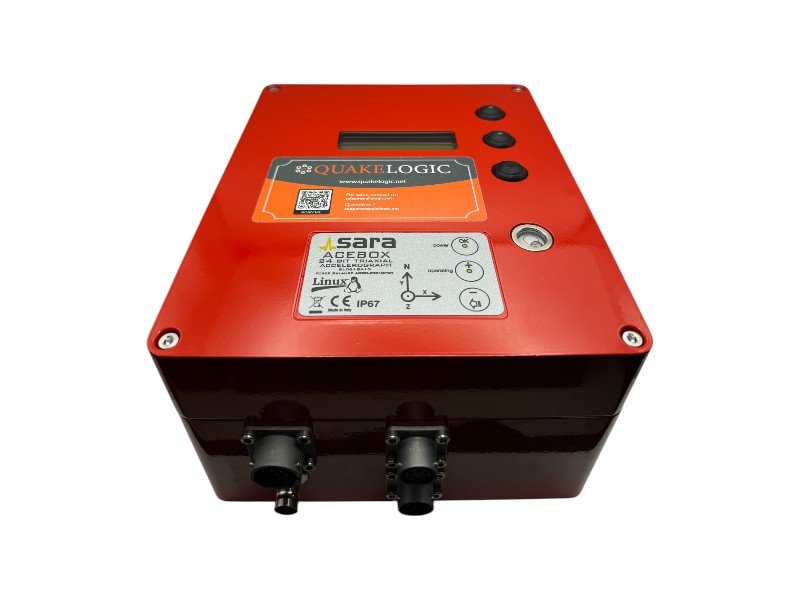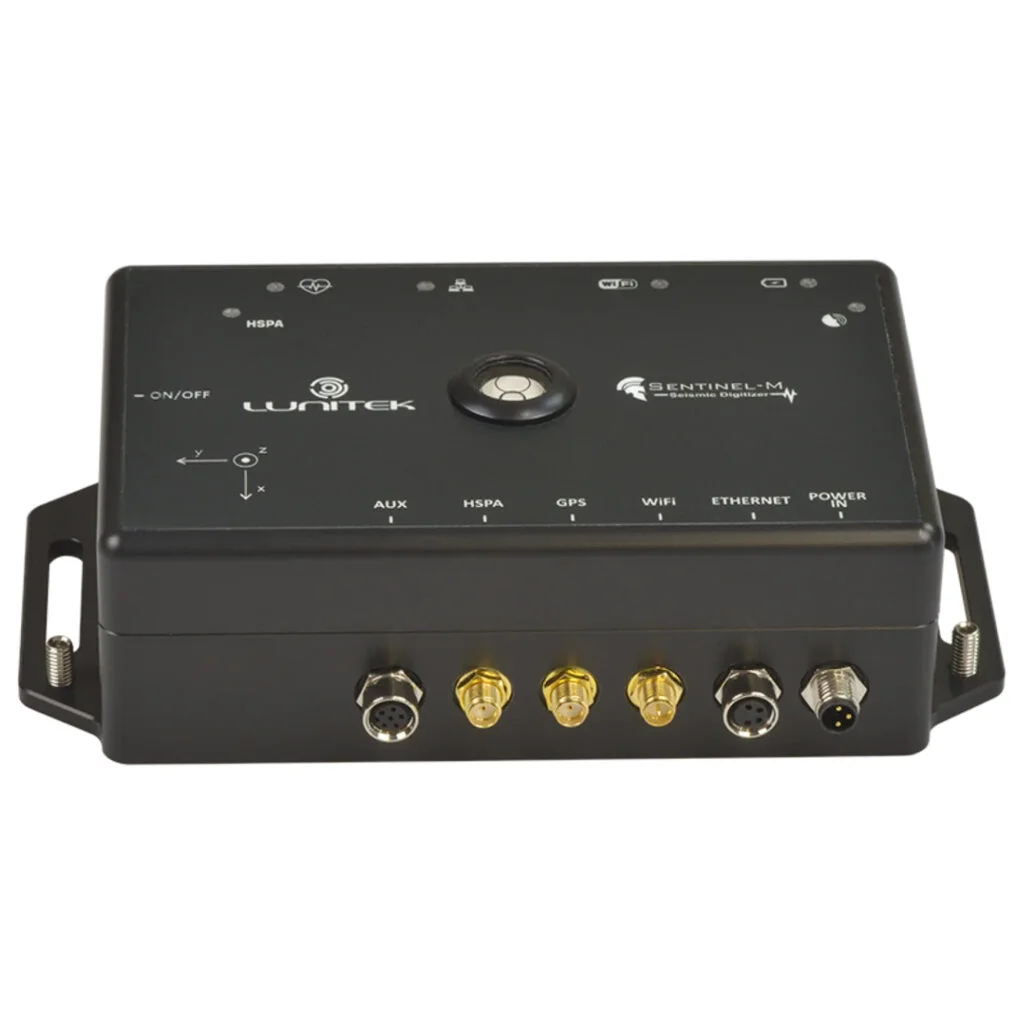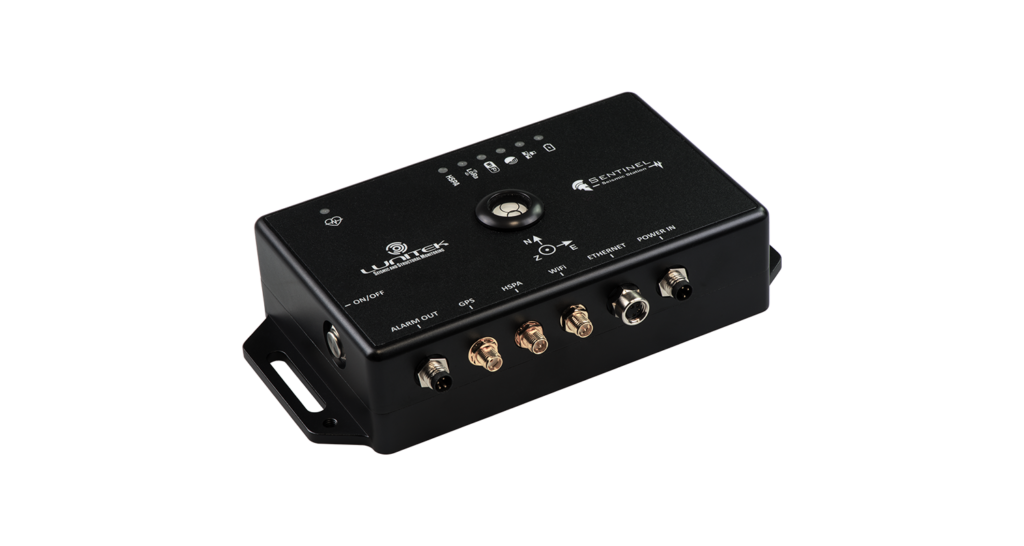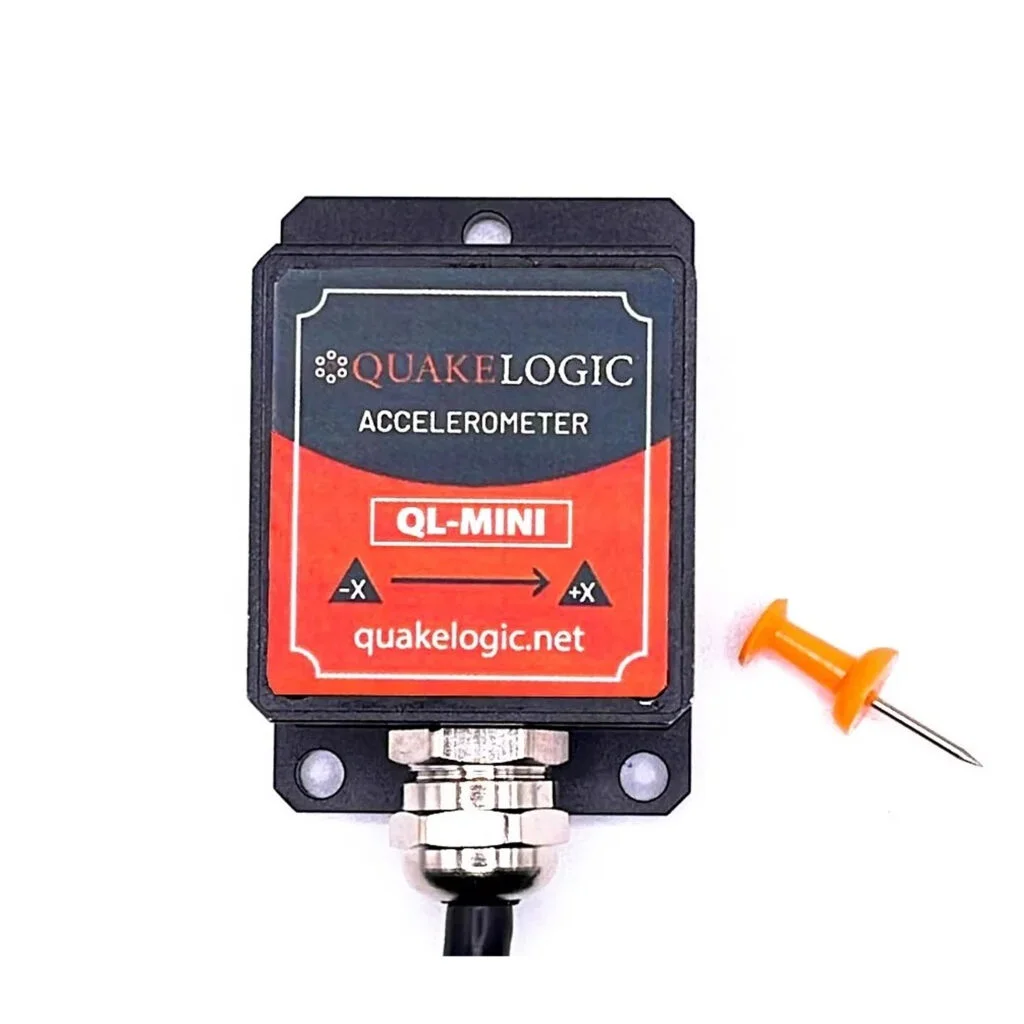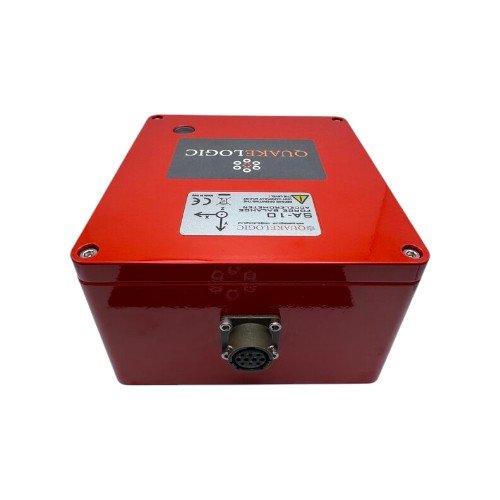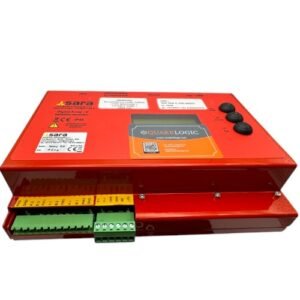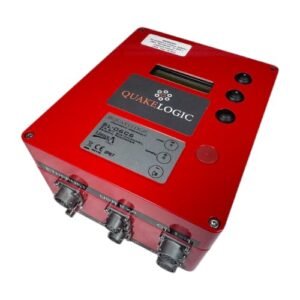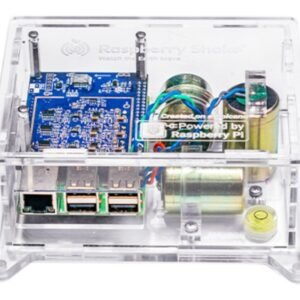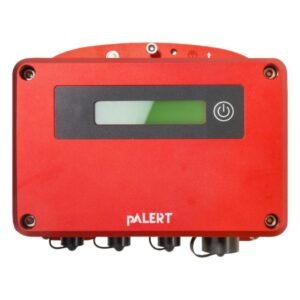Currently Empty: $0,00
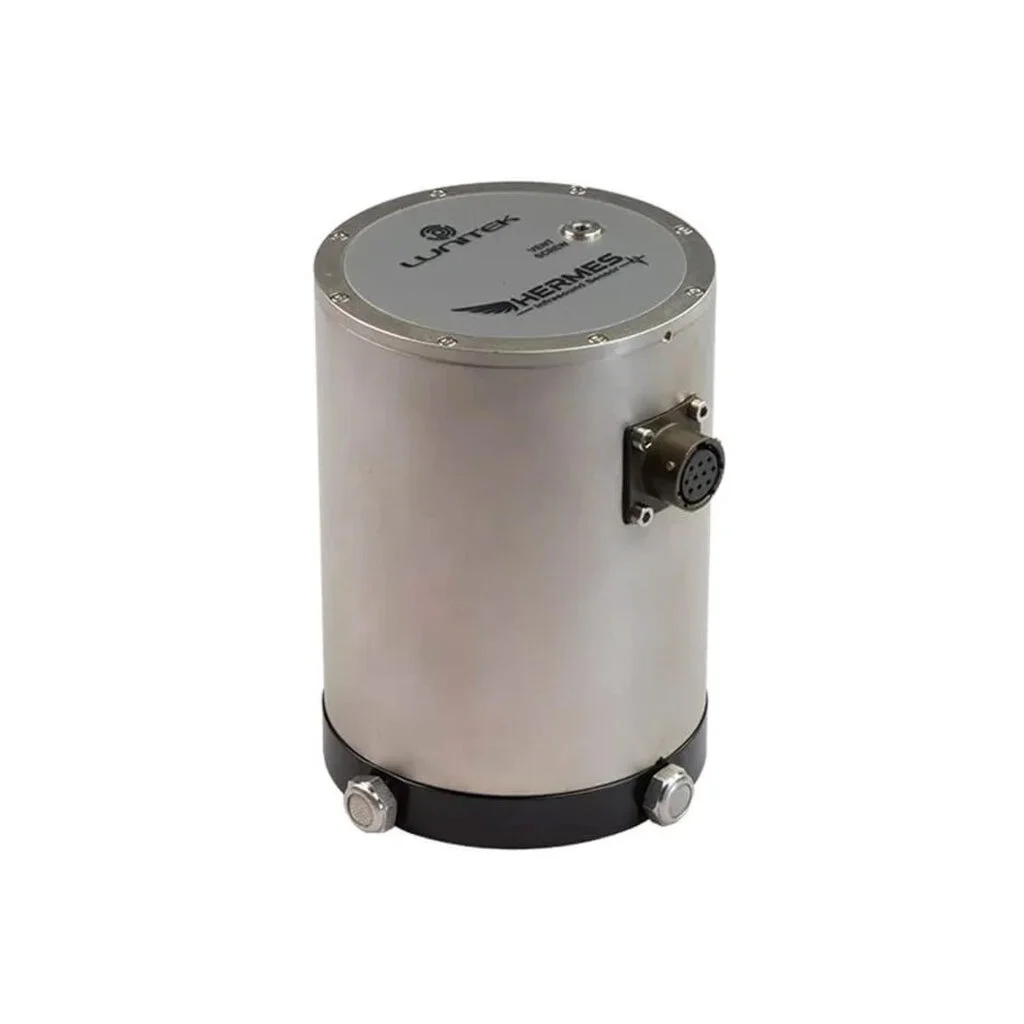
HERMES PREMIUM QUALITY INFRASOUND SENSOR
HERMES is a premium-quality infrasound sensor designed to detect low-frequency (inaudible) sound waves from natural and artificial sources, including volcanic eruptions, extreme weather, landslides, earthquakes, and industrial explosions. Featuring a broadband range (0.033 Hz – 200 Hz), high dynamic range (110 dB), and ultra-low noise (-62 dB PA²/Hz), it ensures accurate and reliable monitoring.
With a rugged, weather-sealed casing and low power consumption, HERMES is built for harsh environments and long-term field applications.
$2.980,00
OVERVIEW
Description
Advanced Detection of Low-Frequency Sound Waves
HERMES is a high-precision infrasound sensor designed to detect low-frequency (inaudible) sound waves produced by both natural and artificial phenomena. Utilizing differential pressure measurement with an acoustic filter, it effectively eliminates atmospheric pressure fluctuations, ensuring high-reliability monitoring across a broad frequency range.
HERMES is designed for deployment in remote and extreme environments. Its robust, weather-resistant housing and low power consumption make it ideal for continuous outdoor and field applications, ensuring uncompromised performance in hostile conditions.

Additional information
| Weight | 5 kg |
|---|---|
| Dimensions | 30 × 30 × 30 cm |
FEATURES






APPLICATIONS
Detecting Natural & Artificial Infrasound Sources
HERMES is engineered for the detection of various infrasound sources, making it ideal for scientific research, early warning systems, and environmental monitoring.
Natural Sources:






Artificial Sources:



OVERVIEW
Description
Advanced Detection of Low-Frequency Sound Waves
HERMES is a high-precision infrasound sensor designed to detect low-frequency (inaudible) sound waves produced by both natural and artificial phenomena. Utilizing differential pressure measurement with an acoustic filter, it effectively eliminates atmospheric pressure fluctuations, ensuring high-reliability monitoring across a broad frequency range.
HERMES is designed for deployment in remote and extreme environments. Its robust, weather-resistant housing and low power consumption make it ideal for continuous outdoor and field applications, ensuring uncompromised performance in hostile conditions.

Additional information
| Weight | 5 kg |
|---|---|
| Dimensions | 30 × 30 × 30 cm |
FEATURES






APPLICATIONS
Detecting Natural & Artificial Infrasound Sources
HERMES is engineered for the detection of various infrasound sources, making it ideal for scientific research, early warning systems, and environmental monitoring.
Natural Sources:






Artificial Sources:



ASK A QUESTION
You may also like…
RELATED PRODUCTS
REFERENCE CUSTOMERS


